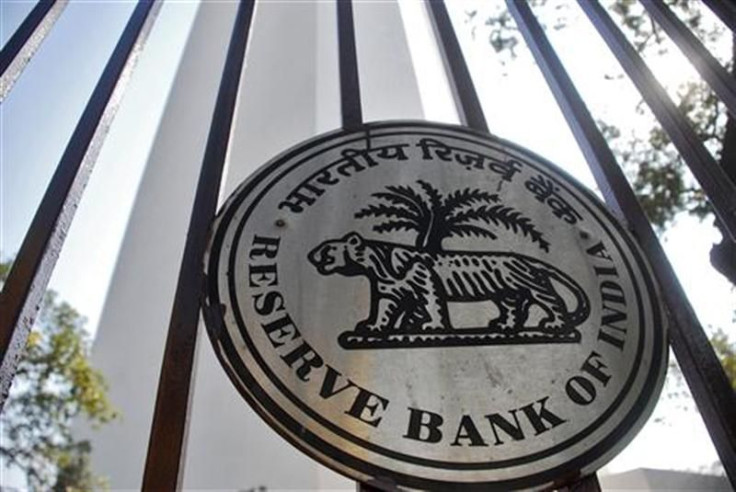India April Inflation Rises To 7.23%

India's inflation rose unexpectedly in April compared to last year, denting prospects of further loosening of the monetary policy to regain the economic growth momentum.
According to the figures reported by the Ministry of Commerce and Industry, Monday, the benchmark wholesale-price index climbed 7.23 percent in April from a year earlier up from 6.89 percent in March.
This report comes when last month credit rating agency Standard & Poor's cut India's outlook on the long-term rating to negative from stable, saying that the country's economy was facing high fiscal deficits and a heavy debt burden.
The current account deficit widened to 4.3 percent of the GDP last year. Hopes for a rebound in growth have also been dampened by recent business surveys and output data, as highlighted by the 3.5 percent fall in industrial production in March compared to last year. Also the government is unwilling to raise fuel prices and its proposed retrospective tax measures have unsettled investors.
Also the rupee, the Indian currency, has shed all the gains it made in the first two months of the year. The rupee, which continues to be driven primarily by global capital flows and risk aversion, is expected to depreciate further this year as the euro zone crisis deepens and risk aversion increases.
The good news, though, is that a weaker currency may be beneficial for India because it will give a much needed boost to demand for exports. At the same time, India has limited external debt so the negative effects on companies and government finances will be fairly modest.
Last month the Reserve Bank of India surprised markets in April with a 50 basis point cut in the main interest rate, the first policy easing in three years, as focus turned to lifting lending controls and tackling a slowdown in the economy. Lower interest rates are needed to support the economy, which has showed signs of losing momentum in the past few months.
The economy grew 6.1 percent in the quarter ending Dec. 31, 2011. This was the slowest growth in nearly three years and was a major slowdown from the July-September quarter when GDP growth was 6.9 percent.
At the same time, inflationary pressures have added to the woes of the slowdown in economic growth by being a major obstacle for the central bank to assertively cut interest rate. Today’s report indicates that inflation accelerated with both output and input prices rising faster.
Adding to the problem is the expectation for only modest progress in fiscal and public sector reforms, given the current political gridlock and the fact that the next elections will be held only by May 2014. Economic analysts are of the opinion that the Indian government's ability to implement policies has weakened due to the slow and complex decision-making process.
© Copyright IBTimes 2024. All rights reserved.




















